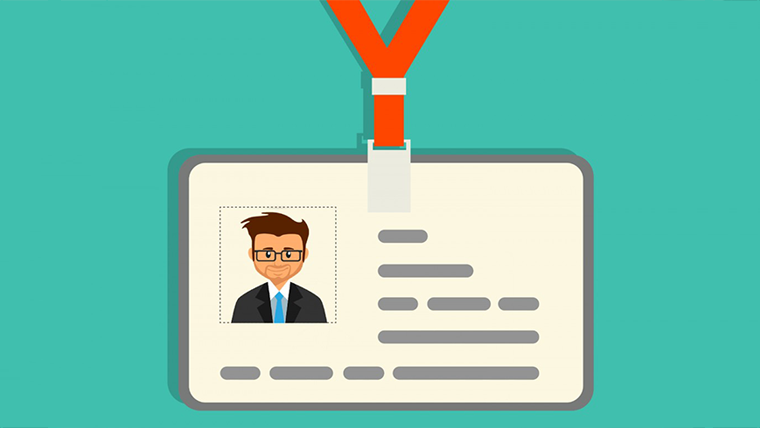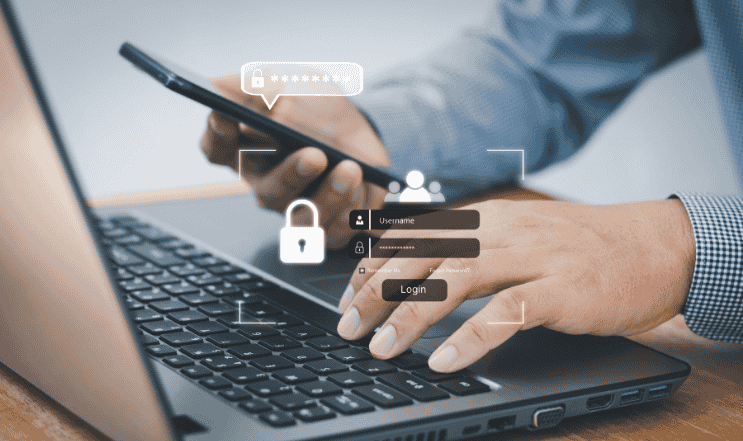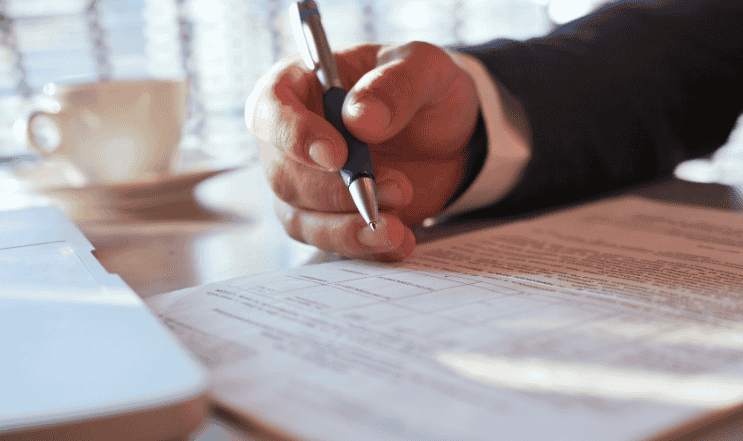
| 

Whatever line of business you are in, identity fraud could get your company into a whole lot of trouble. Recruit someone who has lied about their immigration status in the UK, and you could be landed with a massive fine. If you decide to extend credit to a company which you haven’t checked up on properly, how do you know they’re going to settle your invoice? Ultimately, it’s your responsibility as a manager or business owner to work out who you are going to check, and how. It’s a complex matter and there are no hard and fast rules; each organisation will draw up their own guidelines depending on their needs. However, there are some government guidelines which can be useful.
5 Step Process
The government guidance splits the identity verification process into five main steps. These are:
- Strength – get documents to support the person’s claimed identity
- Validity – check that the documents are valid
- Activity – check that the identity has “history” and hasn’t just been recently created
- Identity Fraud – check to see if that particular identity is a fraud risk
- Verification – check the identity matches to the person who is claiming it
Evidence and Confidence
The government suggests creating a list of identity documents which you will accept as evidence and assigning a score to each. For example, something like a passport or driving licence which is only obtained from the government would be awarded a higher score than perhaps a credit card statement, which has no photo. Each organisation decides which score the evidence has to reach. An organisation which is at risk of identity fraud crime, such as a bank, will usually set the bar higher than other organisations. If you’ve dealt with a customer for a long period of time, you might not ask them to re-prove their identity each time they place a new order, as your confidence in the relationship grows over time.
Security Features on Documents
Many everyday documents such as passports or driving licences have built-in security features to make life difficult for the forgers. If you’re going to be looking at lots of documents, it’s probably best to get some specialist training in what to look for and how to verify that a document is genuine. The most common security features are things like watermarks, special ink which changes colour when the document is tilted, holograms, special fonts, background printing on the paper and features which only show up under UV light. There is also lots of detail online about how to verify that documents are real. There is also the option of using computer software to check for security features on any document.
Matching the Identity to the Person
One of the most important steps in the process is matching the claimed identity to the person in front of you. The identity could be totally genuine but belong to someone else. Check the photographs carefully, making sure they match. This is particularly difficult if you are doing the matching online. Multiple photos of the same individual could make things easier.


